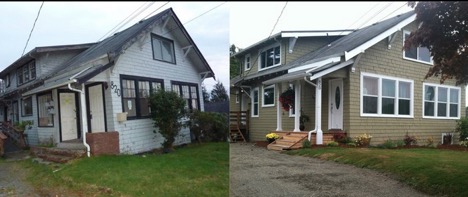Las Vegas Real Estate: Not Flipping Out As Much As It Was
According to new reports, there is not as much flipping is going on in the Las Vegas real estate market as there was right after the housing marking collapse in 2008. The percentage of people who were buying and quickly selling homes for a fast profit in 2015 was about at half the level that it was at the boom-era high. According to a report from a California research firm, the number of homes flipped or sold twice within a year was around 9 percent, which is down from the rate of 18 percent 11 years ago.
Daren Blomquist, RealtyTrac’s Senior Vice President said that a high number of home flips can distort the housing economy. “If they’re too dominant a part of the market, they can push up home values more quickly than warranted and faster than the market can support. In the short term, it’s good for sellers, but it’s unsustainable. It’s not driven by real fundamentals. It’s driven by speculation.” Flipping can also crowd buyers out who want to buy a home to live in. Today there is not as much of that crowding out, which is a good thing.
Flipping By the Numbers
In 2015, flipped homes made up 9.2 percent of the closings, which was down from the high of 17.6 percent in 2004 according to RealtyTrac. This rate was number 2 behind Memphis at 11.1 percent and tied with Fresno, CA and Tampa, FL. Nevada ranked at number 1 at 8.8 percent for last year, but this was down from a record 15.6 percent in 2003. Nationally, there were 5.5 percent of home closings that were considered flips in 2015, which were down from a peak of 8.2 percent in 2005.
The level at which Las Vegas real estate was in 2015 was at or near a healthy level. Flips were at 6.3 percent in 2000 and since then, they have averaged 9.8 percent, which is above a national average of 6.1 percent. That may be a normal level. “There’s a higher turnover among homeowners in Las Vegas. It’s not necessarily a place where people stay a long time,” Blomquist said. “Also, because it’s a market based on tourism, you have ebbs and flows in the economy that create opportunities for flippers.”
Flipping has good and bad effects, but it is important to remember that it has its place in the market. Flippers add value to homes and can help add value to a neighborhood. The normal level at which they are at now is a good sign that the housing market is returning to a healthier level.
